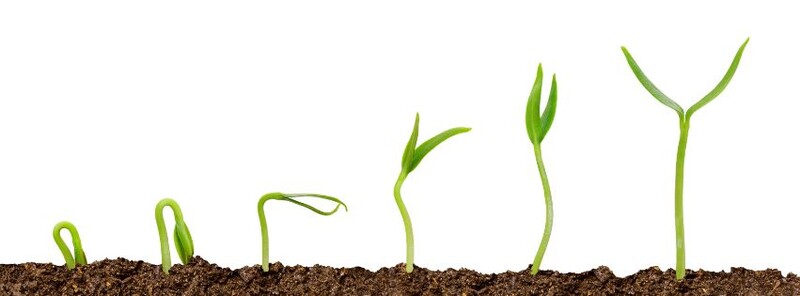
When Louise Brown was born in 1978 as the world’s first baby conceived through IVF, it was the beginning of a medical revolution. Her birth proved that conception didn’t have to rely solely on biological chance. Today, assisted reproductive technology (ART) is a well-established part of healthcare and represents a path to parenthood for millions worldwide.
As of 2023, an estimated 10 million children have been born through ART, with millions of new cycles taking place each year across more than 80 countries (ESHRE, 2023). But how has the road to parenthood evolved since then, and what lies ahead?
From Experiment to Standard Care
The early years were marked by trial and error. The first successful IVF birth was the result of years of collaboration between British gynecologist Patrick Steptoe and biologist Robert Edwards. In 1978, their work culminated in a live birth, laying the foundation for an entirely new branch of medicine.
The 1980s and 1990s brought revolutionary advances: the introduction of ICSI (intracytoplasmic sperm injection) changed the game for male-factor infertility, while new technology allowing for embryo culture to be extended to the blastocyst stage improved selection and implantation outcomes. Later, vitrification—a rapid freezing method—dramatically increased success rates for egg and embryo preservation.
Today's Reality: Science That Learns from Life
Modern ART integrates embryological precision with data analysis, genetics, and personalized care.
One of the most transformative tools in recent years has been preimplantation genetic testing (PGT), which allows clinicians to identify chromosomal abnormalities before implantation. For women over 35 especially, PGT improves the chances of a successful pregnancy and lowers the risk of miscarriage.
Time-lapse embryo monitoring is another milestone. Instead of interrupting embryo development to assess morphology under a microscope, embryologists can now track development via continuous imaging. Research shows that this technique allows doctors to identify embryos with the best implantation potential.
Cryopreservation has also evolved. Vitrification of oocytes enables women to preserve their fertility for medical or personal reasons. Thanks to modern techniques, the clinical outcomes of frozen oocytes now rival those of fresh ones.
The Future Under the Microscope: AI and Embryology's New Frontier
Technology is rapidly reshaping reproductive medicine. Over the last five years, artificial intelligence has entered embryology labs, offering consistent embryo grading based on thousands of data points. Systems like iDAScore and Life Whisperer are already outperforming manual assessments in some clinics and are expected to reduce cycle numbers while increasing success rates.
Another groundbreaking area is in vitro gametogenesis—the creation of sperm or eggs from stem cells. Though still in preclinical stages, research (e.g. Nature, 2023, Japan) shows promise, especially for patients who cannot produce viable gametes on their own.
When Logistics Enables Life
Behind every successful IVF cycle lies more than science—there’s also precision planning. At Biocouriers, we provide secure, temperature-controlled transport of reproductive materials—including eggs, sperm and embryos—across the globe.
We partner with clinics and laboratories on every continent to ensure that even the most delicate samples reach their destination safely and on time. Our team understands that each container holds more than a biological sample—it holds a story of hope.
